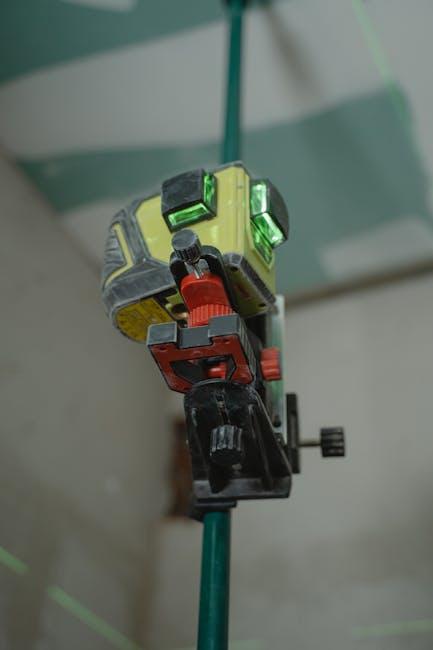In the intricate world of machinery and engineering, precision is everything. Aligning components perfectly can mean the difference between seamless operation and costly downtime. Traditionally, alignment has been a meticulous process, relying on mechanical tools and skilled hands to bring parts into harmony. Enter laser alignment—a technology that promises speed, accuracy, and efficiency with a sleek beam of light. But how does this modern method compare to the time-tested traditional techniques? In this article, we explore the strengths and nuances of laser alignment versus conventional methods, shedding light on how innovation is reshaping an age-old practice.
Table of Contents
- Understanding the Basics of Laser Alignment and Traditional Techniques
- Evaluating Accuracy and Precision in Alignment Methods
- Time Efficiency and Operational Impact Compared
- Comparing Cost Implications and Long-term Value
- Safety Considerations and Risk Mitigation Strategies
- Choosing the Right Method for Your Industry Needs
- Q&A
- The Conclusion
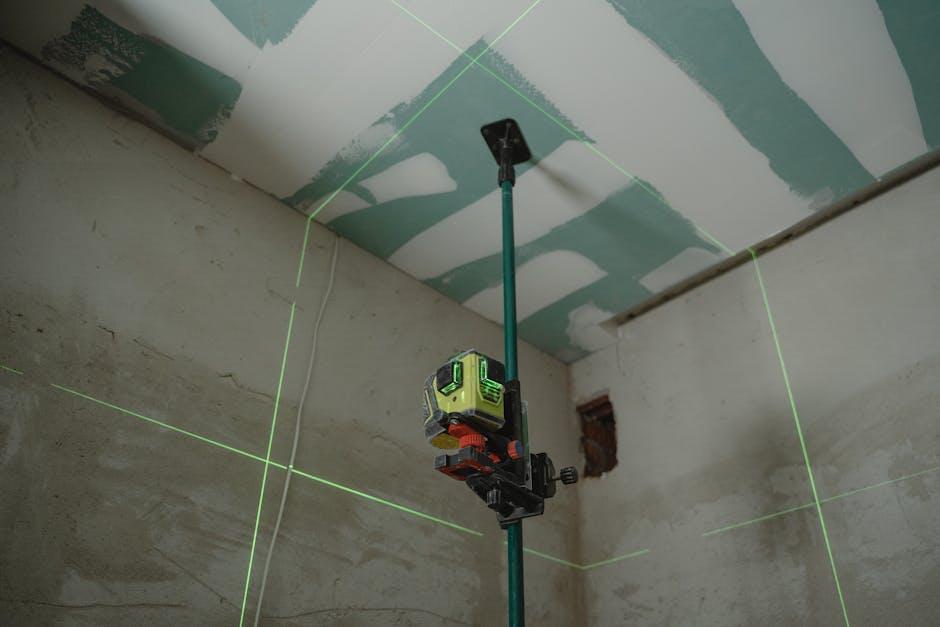
Understanding the Basics of Laser Alignment and Traditional Techniques
Traditionally, machine alignment has relied heavily on mechanical tools such as dial indicators, straight edges, feeler gauges, and plumb bobs. These methods demand manual skill and experience, often requiring multiple measurements and adjustments to achieve proper alignment. While these techniques have been the backbone of industrial maintenance for decades, they can be time-consuming and sometimes prone to human error. In contrast, laser alignment uses precise, laser-based measurement technology to quickly identify misalignments with higher accuracy. This modern approach reduces the need for repetitive manual checks and offers instant digital readouts, increasing both the speed and reliability of the process.
Traditional Alignment Methods:
- Manual measurements and adjustments
- Dependence on technician skill
- Time-intensive procedures
Laser Alignment Advantages:
- High precision and repeatability
- Digital data displays and reporting
- Reduced downtime and faster setup
| Criteria | Traditional Methods | Laser Alignment |
|---|---|---|
| Accuracy | Moderate | High |
| Time Required | Hours | Minutes |
| Skill Dependence | High | Low |
| Data Documentation | Manual | Automatic & Digital |

Evaluating Accuracy and Precision in Alignment Methods
When it comes to aligning machinery and components, precision plays a pivotal role in ensuring optimal performance and longevity. Laser alignment tools leverage advanced optics and digital technology to provide measurements with exceptional repeatability and minimal human error. Unlike traditional methods, which often rely on mechanical gauges and visual judgment, laser systems can detect even minute misalignments that could otherwise lead to increased wear and energy loss. This leap in accuracy not only reduces downtime but also secures a higher quality of maintenance, making laser alignment indispensable for modern industrial applications.
In a practical comparison, traditional alignment methods often suffer from limitations such as operator dependency, time consumption, and susceptibility to environmental factors. Laser alignment accelerates the process, offering real-time feedback and the ability to document results digitally for audit trails. Below is a simplified comparison highlighting key differences:
| Aspect | Laser Alignment | Traditional Methods |
|---|---|---|
| Measurement Precision | ±0.01 mm | ±0.1 mm |
| Operator Skill Required | Moderate | High |
| Time per Alignment | 10–20 minutes | 30–60 minutes |
| Data Recording | Automated & Digital | Manual & Paper-based |
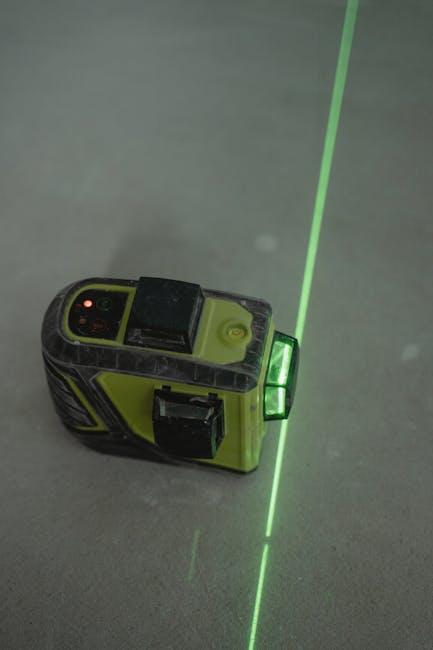
Time Efficiency and Operational Impact Compared
When comparing laser alignment tools to traditional alignment methods, one of the most significant advantages is the drastic reduction in time spent on setup and measurement. Laser systems typically allow technicians to perform alignments with pinpoint accuracy in a fraction of the time it takes using manual tools such as dial indicators or straight edges. This accelerated process not only minimizes downtime but also supports faster maintenance cycles, directly boosting overall productivity. The precision of laser technology reduces the likelihood of rework, ensuring that the job is done right the first time, which further compounds time savings across operational workflows.
Operationally, the impact extends beyond just speed. Laser alignment improves the accuracy and consistency of machinery adjustments, leading to fewer mechanical failures and longer equipment lifespan. Below is a quick comparison highlighting time efficiency and operational outcomes:
| Aspect | Laser Alignment | Traditional Methods |
|---|---|---|
| Setup Time | 10-30 minutes | 1-3 hours |
| Measurement Accuracy | Within 0.01 mm | Within 0.1 mm |
| Downtime Impact | Low | High |
| Rework Frequency | Rare | Common |
- Faster setup and data collection; enabling quick decision-making.
- Enhanced precision; reduces wear and tear on machinery.
- Lower downtime; leads to greater production throughput.
- Reduced labor intensity; freeing up skilled workers for other tasks.
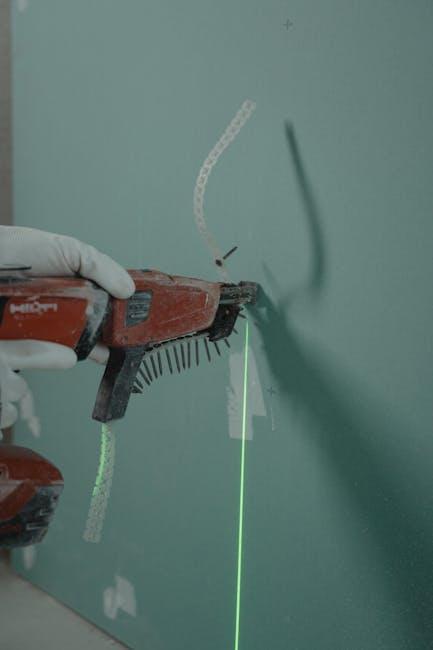
Comparing Cost Implications and Long-term Value
While traditional alignment methods often have lower upfront costs due to minimal equipment requirements, the long-term investment in precision technologies like laser alignment can lead to significant cost savings. Traditional tools typically require more frequent adjustments and recalibrations, resulting in increased labor hours and potential downtime. In contrast, laser alignment offers a faster and more accurate process, reducing the risk of misalignment and the subsequent wear and tear on machinery, effectively lowering maintenance costs over time.
Consider the following comparison:
| Aspect | Traditional Methods | Laser Alignment |
|---|---|---|
| Initial Setup Cost | Low | Moderate to High |
| Accuracy | Moderate | High |
| Adjustment Frequency | Frequent | Rare |
| Downtime | Higher | Lower |
| Machine Lifespan | Standard | Extended |
- Traditional methods may seem economical in the short term but can contribute to hidden costs.
- Laser alignment demands a higher initial outlay but optimizes performance and extends equipment longevity.
- Choosing laser technology often proves to be a savvy financial decision when factoring in productivity gains and reduced downtime.

Safety Considerations and Risk Mitigation Strategies
When working with laser alignment tools, prioritizing safety is essential due to the potential hazards associated with laser exposure. Operators must be equipped with appropriate personal protective equipment (PPE), such as laser safety glasses that match the specific wavelength of the laser in use. It’s equally important to ensure the work area is clearly marked, restricting access during alignment procedures to prevent accidental eye exposure or skin burns. Unlike traditional methods, where physical contact and mechanical tools dominate, laser devices introduce invisible beams that demand heightened awareness and controlled environment settings.
Risk mitigation also involves proper training and routine calibration of laser instruments to avoid misalignment errors that could lead to equipment damage or operational downtime. Incorporating a robust checklist can ensure each alignment step aligns with safety protocols, reducing human error. Below is a quick comparison of risk factors between laser and traditional alignment methods, highlighting the importance of tailored safety approaches for each:
| Risk Factor | Laser Alignment | Traditional Methods |
|---|---|---|
| Eye Safety | Critical (requires laser protection) | Minimal (mechanical hazards) |
| Operator Skill | High (technical training needed) | Moderate (manual expertise) |
| Equipment Damage | Low (non-contact) | Moderate (physical force applied) |
| Environmental Constraints | Strict (controlled lighting) | Flexible |
- Always calibrate laser devices before use.
- Establish exclusion zones to keep untrained personnel away.
- Use signage to indicate active laser operation.
- Conduct regular safety audits and refresher training.
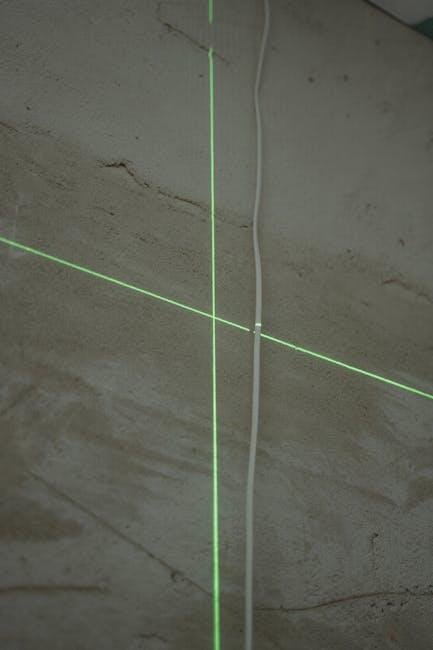
Choosing the Right Method for Your Industry Needs
Every industry demands precision, but the path to achieving it varies greatly depending on specific operational needs and environmental factors. While traditional alignment methods, such as dial indicators and straight edges, have served industries well for decades, they often require skilled technicians and can be time-consuming. For example, industries with heavy machinery and strict downtime constraints benefit from laser alignment’s ability to provide rapid, accurate measurements and reduce human error. On the other hand, smaller workshops or setups with fewer alignment challenges might still find traditional methods cost-effective and straightforward.
Consider the following aspects when deciding which method fits your industry best:
- Accuracy Requirements: Laser technology generally offers higher precision, crucial for high-speed or high-tolerance machinery.
- Operational Downtime: Faster setups mean less machine downtime and increased productivity with laser systems.
- Environment: Harsh or dusty environments might favor traditional methods due to laser sensitivity.
- Budget and Training: Initial costs and technician training can be higher for laser tools but pay off with long-term savings.
| Industry | Preferred Method | Key Benefit |
|---|---|---|
| Manufacturing | Laser Alignment | High precision & reduced downtime |
| Agriculture | Traditional | Cost-effective & robust |
| Energy | Laser Alignment | Accuracy in critical machinery |
| Small Workshops | Traditional | Simplicity & low cost |
Q&A
Q&A: Laser Alignment vs. Traditional Methods
Q1: What is laser alignment, and how does it differ from traditional alignment methods?
A: Laser alignment uses precise laser beams to determine machine positioning, while traditional methods rely on mechanical tools like dial indicators and straight edges. Laser systems offer higher accuracy and faster results compared to the manual, often time-consuming traditional techniques.
Q2: Why are industries shifting towards laser alignment?
A: Industries increasingly favor laser alignment because it reduces downtime, improves machine performance, and lowers maintenance costs. The precision of laser technology ensures optimal equipment lifespan and energy efficiency, benefits that traditional methods sometimes struggle to deliver consistently.
Q3: Are traditional alignment methods obsolete with the advent of laser technology?
A: Not entirely. While laser alignment is technologically advanced, some simpler jobs or tight budgets might still find traditional tools sufficient. However, for critical machinery and long-term cost savings, laser alignment is generally the preferred choice.
Q4: How do the costs of laser alignment compare to traditional methods?
A: Initial investment in laser alignment equipment is higher, but the overall cost effectiveness emerges over time through reduced labor, fewer errors, and less frequent maintenance. Traditional methods may seem cheaper upfront but can incur hidden costs due to less accuracy and longer alignment processes.
Q5: Can laser alignment be used on all types of machinery?
A: Laser alignment is versatile and applicable to most rotating equipment such as pumps, motors, and turbines. However, certain complex setups or highly specialized machines might still require supplementary traditional techniques alongside laser alignment for best results.
Q6: What are some potential drawbacks of laser alignment?
A: Laser alignment relies on electronic devices that can be sensitive to harsh environments and require trained operators. Additionally, the initial setup phase may be complex, demanding a learning curve compared to familiar traditional tools.
Q7: How do laser alignment and traditional methods impact maintenance scheduling?
A: Laser alignment facilitates predictive maintenance by providing precise data, allowing teams to schedule interventions before failures occur. Traditional methods often result in reactive maintenance due to less accurate diagnostics, potentially causing unexpected downtimes.
Q8: Which method leads to better overall machine performance?
A: Laser alignment generally improves machine performance by ensuring optimal shaft alignment, reducing vibration and wear. Traditional methods can achieve reasonable alignment but may not consistently reach the precision needed for peak performance.
Q9: Is training significantly different for laser alignment compared to traditional methods?
A: Yes, laser alignment requires operators to learn new software and hardware interfaces, along with interpreting digital data. Traditional methods rely more on mechanical skills and manual measurements, which may be simpler but less precise.
Q10: What’s the final verdict on choosing between laser alignment and traditional methods?
A: The choice depends on accuracy needs, budget, and machinery criticality. For modern, high-value equipment requiring minimal downtime, laser alignment offers unmatched benefits. For simpler, low-risk applications, traditional methods might still hold their ground as a practical option.
The Conclusion
In the end, whether you choose the precision of laser alignment or the trusted hand of traditional methods, the goal remains the same: achieving perfect harmony in machinery and systems. Each approach carries its own strengths—laser alignment with its cutting-edge accuracy, and traditional techniques with their time-tested reliability. By understanding the nuances of both, you can make an informed decision that aligns not just machines, but the very future of your workflow. After all, in the dance of gears and pulleys, it’s the alignment method that sets the rhythm.
